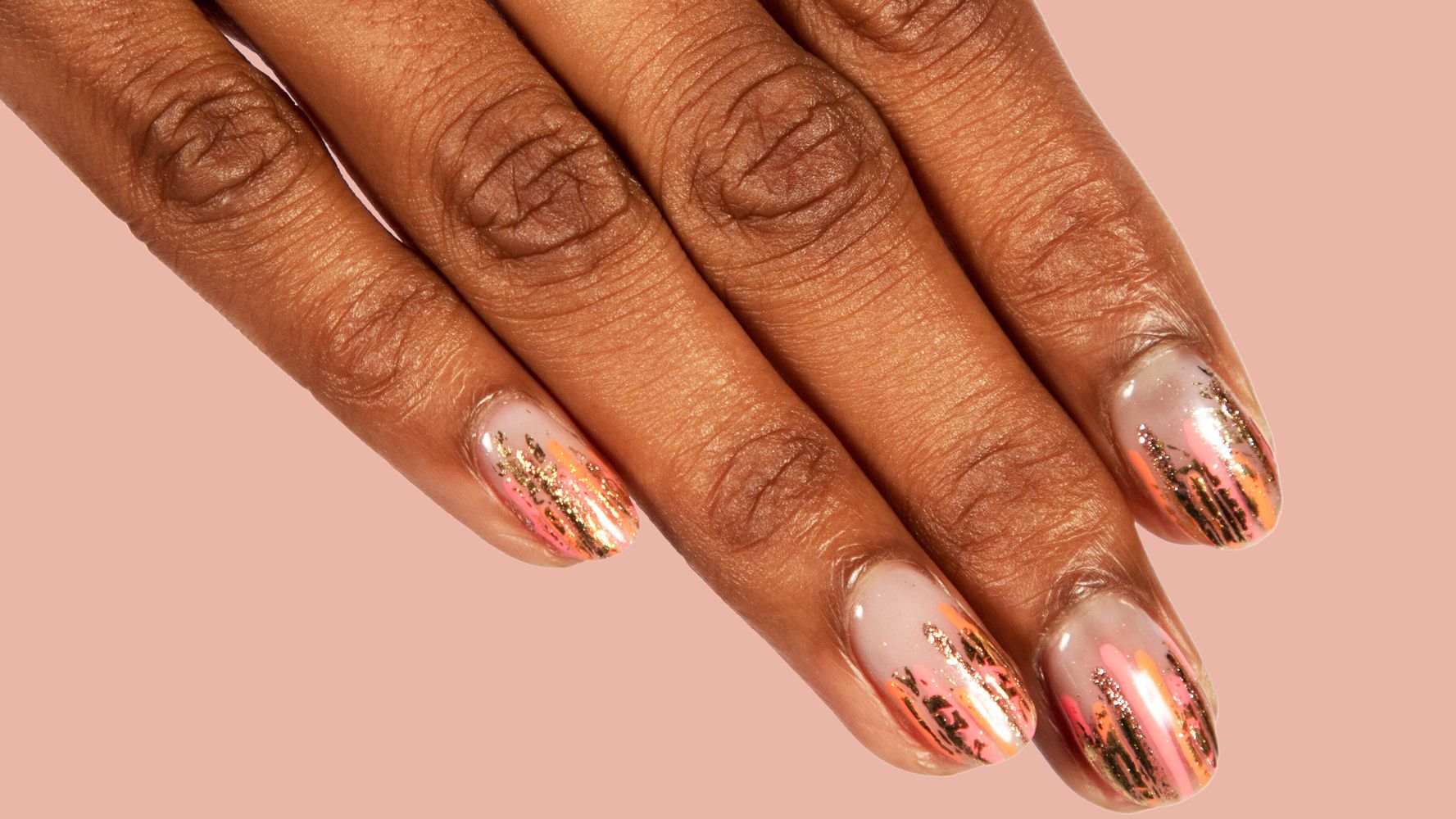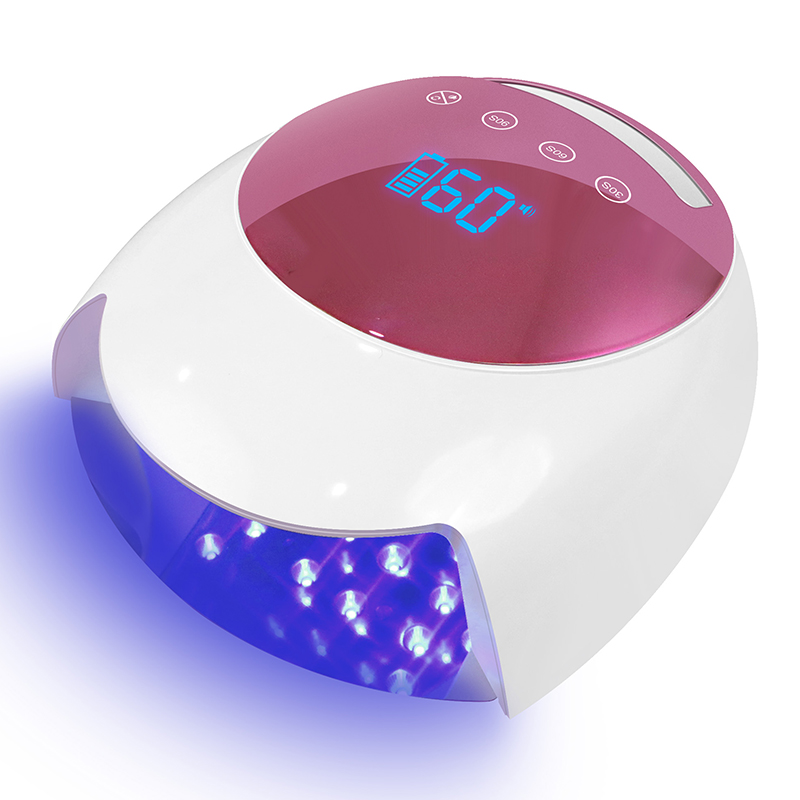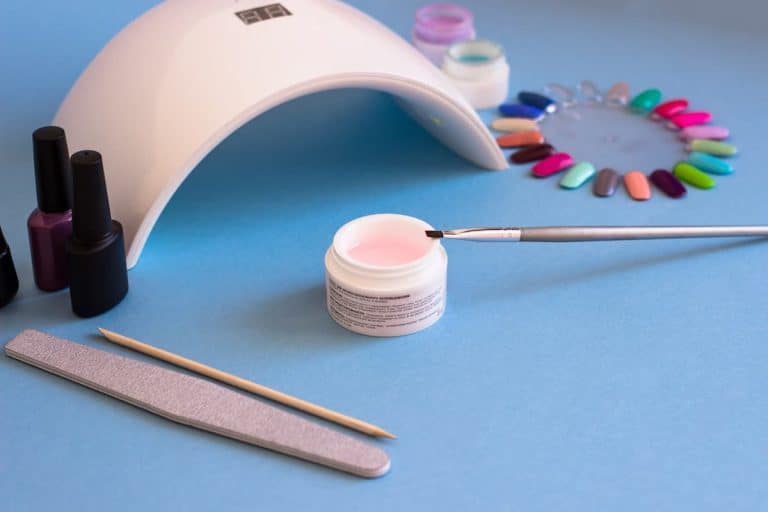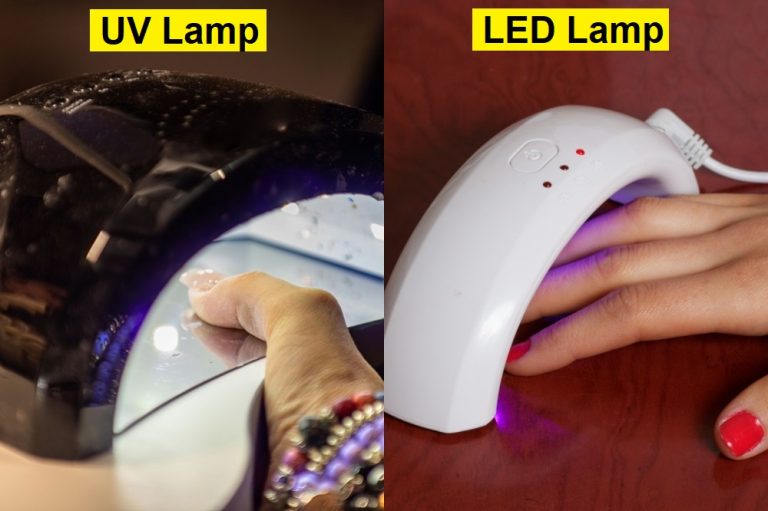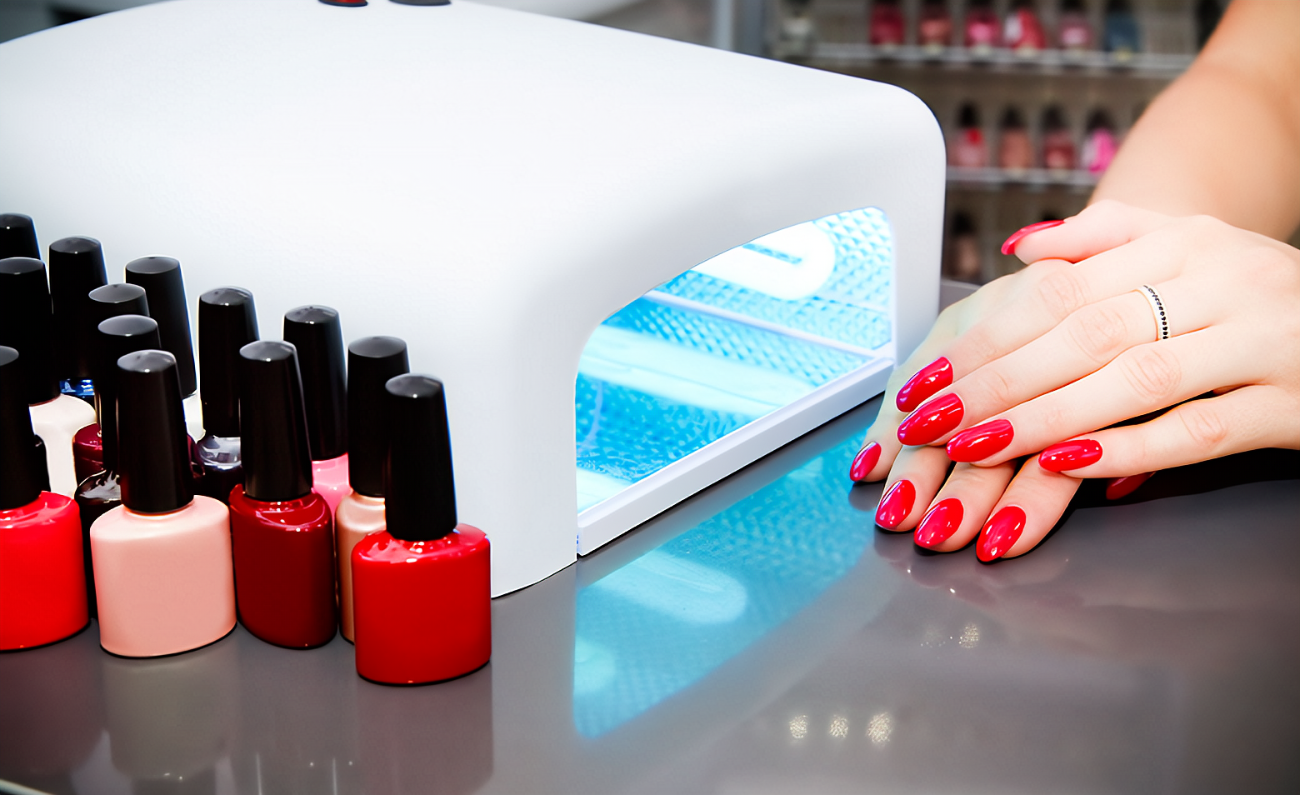Gel manicures have gained tremendous popularity in recent years for their long-lasting and vibrant results. However, concerns have also been raised about the potential negative effects of gel manicures on nail health. In this article, we will delve into the pros and cons of gel manicures to help you make an informed decision about whether they are right for you. By exploring the various aspects of gel manicures, we aim to provide a comprehensive understanding of their impact on nail health. So, let’s dive in and examine the advantages and disadvantages of gel manicures to shed light on this beauty trend.
What is Gel Manicure?
Gel manicure is a nail enhancement and coating process that involves the use of gel materials on the nails for decoration and finishing. This popular nail treatment offers a long-lasting and glossy look, making it a preferred choice for many individuals seeking durable and stylish nail designs. The gel is applied to the nails in several layers and is cured under a UV or LED lamp to create a sturdy and chip-resistant finish. Gel manicures come in various colors and designs, providing a versatile and attractive option for nail enthusiasts. However, it is essential to understand both the benefits and potential risks associated with gel manicures to make informed decisions about nail care and maintenance.
Durability and Appearance of Gel Manicure
Gel manicures offer significant advantages in terms of both durability and appearance compared to traditional nail polish. The gel formula provides a strong and resilient coating that can withstand daily activities and maintain its flawless look for an extended period. Unlike regular nail polish, gel manicures are less prone to chipping, peeling, or smudging, ensuring a longer-lasting manicure.
In terms of appearance, gel manicures offer a high-gloss finish that gives nails a smooth and shiny look. The gel polish enhances the natural color of the nails and provides a vibrant and lustrous appearance. Additionally, gel manicures can be customized with various nail art designs, glitters, and embellishments, allowing individuals to express their personal style and creativity.
The combination of enhanced durability and attractive appearance makes gel manicures a popular choice for individuals seeking long-lasting, flawless nails that maintain their beauty and shine. However, it is essential to consider proper application techniques, maintenance, and appropriate removal methods to ensure the best results and preserve the health of the natural nails.
Advantages of Gel Manicure
Gel manicures offer numerous advantages that contribute to their popularity among nail enthusiasts. Here are some key benefits of gel manicures:
- Longevity: Gel manicures are known for their exceptional durability. The gel formula provides a strong and resilient coating that can last for weeks without chipping or peeling, ensuring a long-lasting manicure.
- High Shine: Gel manicures offer a high-gloss finish that adds a beautiful and glossy sheen to the nails. The shiny appearance remains intact throughout the wear time, providing an attractive and eye-catching look.
- Chip Resistance: Gel manicures are highly resistant to chipping, making them ideal for individuals with an active lifestyle. The gel formula provides a protective layer that helps prevent damage and maintain the integrity of the manicure.
- Quick Drying: Unlike traditional nail polish, gel manicures cure quickly under a UV or LED lamp. This fast-drying process eliminates the need for extended drying time, allowing individuals to resume regular activities without the risk of smudging or smearing the manicure.
- Versatile Designs: Gel manicures offer endless possibilities for creative nail designs. From intricate nail art to simple color variations, gel polish can be customized to suit individual preferences, enabling individuals to express their unique style and personality.
- Minimal Maintenance: Gel manicures require minimal maintenance once applied. The durable nature of the gel polish means fewer touch-ups and longer wear time, reducing the need for frequent salon visits.
With these advantages, gel manicures provide individuals with long-lasting, vibrant, and chip-resistant nails that require minimal upkeep, making them a popular choice for those seeking beautiful and hassle-free manicures.
Process and Steps of Gel Manicure
Achieving a flawless gel manicure involves several essential steps. Here is a detailed description of the process:
- Nail Preparation:
- Start by removing any existing nail polish and gently shaping the nails using a file.
- Push back the cuticles using a cuticle pusher or a wooden stick for a clean nail bed.
- Lightly buff the surface of the nails to remove any shine and create a smooth base.
- Base Coat Application:
- Apply a thin layer of clear or transparent gel base coat to the nails.
- Ensure the base coat covers the entire nail surface, including the tips, and avoid getting it on the skin.
- Cure the nails under a UV or LED lamp according to the manufacturer’s instructions.
- Color Coat Application:
- Apply a thin layer of colored gel polish over the base coat, starting from the cuticle area and working towards the nail tip.
- Ensure even coverage and avoid getting the polish on the skin or cuticles.
- Cure the nails under the UV or LED lamp as per the recommended curing time.
- Additional Color Coats (Optional):
- Repeat the previous step if a more opaque or vibrant color is desired.
- Apply additional thin layers of colored gel polish, curing each layer under the lamp.
- Top Coat Application:
- Apply a thin layer of gel top coat over the colored polish to seal and protect the manicure.
- Ensure complete coverage and avoid getting the top coat on the skin.
- Cure the nails under the UV or LED lamp for the recommended curing time.
- Final Touches:
- After curing the top coat, wipe off any sticky residue using a lint-free wipe soaked in rubbing alcohol.
- Apply cuticle oil or moisturizer to nourish the cuticles and surrounding skin.
By following these steps, you can achieve a professional gel manicure that offers long-lasting color and shine. Remember to consult the manufacturer’s instructions for specific curing times and use high-quality gel products for the best results.
Effects of Gel Manicure on Nails
While gel manicures offer long-lasting and beautiful results, they can potentially have certain effects on the nails. Let’s discuss some possible impacts:
- Nail Fragility:
- Extended use of gel manicures may make nails more prone to brittleness and breakage. The application and removal process, as well as the use of curing lamps, can weaken the nails over time.
- Nail Dryness:
- The chemicals and drying process involved in gel manicures can lead to nail dryness. This can cause the nails to become brittle, flaky, or dehydrated if proper hydration and nail care practices are not followed.
- Peeling or Lifting:
- Improper application or inadequate nail preparation can result in gel polish peeling or lifting from the nail bed. This can occur due to moisture or oil on the nail surface, which prevents the gel from adhering properly.
- Nail Damage during Removal:
- Incorrect gel removal techniques or excessive scraping can cause damage to the nail surface. Aggressive removal methods can strip the top layers of the nail, leaving them weak and vulnerable.
- Sensitivity to UV Light:
- The use of UV or LED lamps during the curing process may cause sensitivity or skin reactions in some individuals. It is essential to protect the surrounding skin and use appropriate UV protection measures if necessary.
To mitigate these potential effects, it is advisable to maintain good nail care practices, including regular nail hydration, proper removal techniques, and occasional breaks from gel manicures to allow the nails to recover. Working with a skilled nail technician and using high-quality products can also minimize any negative impact on nail health.
Balancing Nail Health and Gel Manicures
Maintaining nail health is crucial, and finding a balance between nail health and gel manicures is essential. Here are some tips on achieving this balance:
- Prioritize Nail Care:
- Regularly care for your nails by keeping them clean, trimmed, and moisturized. Use cuticle oil or nail-strengthening products to promote nail health and prevent dryness.
- Limit Gel Manicure Frequency:
- Avoid continuous or excessive use of gel manicures. Give your nails breaks between gel applications to allow them to breathe and recover. Opt for regular nail polish or natural nails during these breaks.
- Opt for Soak-Off Gel:
- Choose soak-off gel products that are specifically formulated for easier and safer removal. Soak-off gels can be removed more gently, minimizing damage to the nails during the removal process.
- Seek Professional Nail Technicians:
- Visit reputable and skilled nail technicians who are experienced in gel manicures. They can ensure proper application techniques, appropriate nail preparation, and safe removal procedures, minimizing potential damage to the nails.
- Protect Nail Bed and Cuticles:
- Apply a protective layer of petroleum jelly or cuticle oil around the nail bed and cuticles before gel application. This helps protect the surrounding skin and reduce the risk of skin dryness or damage.
- Use UV/LED Protection:
- If you are concerned about UV or LED lamp exposure, consider using fingerless UV/LED protective gloves or applying sunscreen on your hands before the curing process. These measures can help minimize potential skin sensitivity or reactions.
By following these guidelines, you can strike a balance between enjoying the benefits of gel manicures and maintaining optimal nail health. Remember to listen to your nails and give them the care and attention they need to stay strong and healthy.
Potential Risks of Gel Manicure
While gel manicures offer many benefits, it is important to be aware of potential risks associated with this nail treatment. Here are some potential risks to consider:
- Overexposure to UV Light:
- The use of UV or LED lamps during the gel curing process exposes the skin to UV radiation. Prolonged or frequent exposure to UV light may increase the risk of skin damage, such as premature aging and an increased risk of skin cancer.
- Nail Damage:
- Incorrect nail preparation, aggressive removal techniques, or improper application can cause nail damage. This includes thinning, weakening, or even peeling of the natural nail due to improper handling or excessive scraping during the gel manicure process.
- Nail Infections:
- If the tools and equipment used during the gel manicure are not properly sanitized, there is a risk of bacterial or fungal infections. This can occur if the tools come into contact with an infected nail or if proper hygiene practices are not followed.
- Allergic Reactions:
- Some individuals may develop allergic reactions to the chemicals present in gel products, such as the base coat, color polish, or top coat. This can result in redness, itching, swelling, or other skin irritations.
- Nail Dehydration:
- The removal process, especially if done improperly, can strip the nails of natural oils and moisture, leading to nail dehydration. This can result in dry, brittle, or weakened nails.
To minimize these risks, it is advisable to choose reputable nail salons that prioritize hygiene and proper sanitation practices. Additionally, it is important to follow nail care guidelines, ensure proper removal techniques, and discuss any known allergies or sensitivities with the nail technician. Regular breaks from gel manicures and using protective measures, such as sunscreen or UV-blocking gloves, can also help mitigate potential risks.
How to Protect Nail Health
Maintaining healthy nails is important for overall nail well-being. Here are some practical tips to protect your nail health:
- Regular Nail Care:
- Trim your nails regularly to prevent breakage and maintain a neat appearance. File them gently in one direction to avoid weakening the nails. Keep the nails clean and free from dirt or debris.
- Moisturize and Hydrate:
- Apply a nourishing cuticle oil or moisturizer to keep your nails and cuticles hydrated. This helps prevent dryness, brittleness, and peeling of the nails.
- Avoid Excessive Use of Gel Manicures:
- Limit the frequency of gel manicures to allow your natural nails to breathe and recover. Consider alternating between gel manicures and regular nail polish or go polish-free for a period to promote nail health.
- Use Nail Strengthening Products:
- Incorporate nail-strengthening products, such as nail hardeners or calcium-rich formulas, into your nail care routine. These products can help fortify the nails and reduce the risk of breakage.
- Protect Your Nails:
- Wear gloves while performing household chores or activities that involve exposure to water, harsh chemicals, or excessive moisture. This helps prevent nails from becoming weak, brittle, or damaged.
- Avoid Nail Biting and Picking:
- Break the habit of nail biting or picking, as it can lead to nail damage and increase the risk of infections. Trim your nails short if necessary and consider using bitter-tasting nail products to deter biting.
- Maintain a Balanced Diet:
- A healthy diet rich in vitamins, minerals, and proteins is essential for nail health. Consume foods like leafy greens, fruits, lean proteins, and nuts to support the growth and strength of your nails.
By following these practical tips, you can protect and maintain the health of your nails, ensuring they remain strong, resilient, and beautiful.
Gel Manicure Removal Process
Proper removal of gel manicures is crucial to minimize potential damage to the nails. Here is a step-by-step guide for the correct gel manicure removal process:
- Gather Your Supplies:
- Acetone-based nail polish remover, cotton balls or pads, aluminum foil, cuticle pusher or orangewood stick, nail buffer, and nourishing cuticle oil.
- Prep Your Nails:
- Lightly buff the topcoat of your gel manicure to remove the shine. This allows the acetone to penetrate the layers more effectively.
- Soak the Cotton:
- Soak a cotton ball or pad in acetone-based nail polish remover. Make sure it is saturated but not dripping wet.
- Apply the Cotton and Foil:
- Place the soaked cotton ball or pad on top of each nail, ensuring it covers the entire nail surface. Wrap each finger with a small piece of aluminum foil to hold the cotton in place.
- Wait and Relax:
- Let the acetone-soaked cotton and foil wraps sit on your nails for about 10-15 minutes. This allows the gel polish to loosen and makes it easier to remove.
- Gently Remove Gel Polish:
- Remove one foil wrap at a time and gently push off the softened gel polish using a cuticle pusher or orangewood stick. Start from the cuticle area and gently push towards the free edge. Be cautious and avoid excessive scraping or forceful removal.
- Cleanse and Hydrate:
- After removing the gel polish, wash your hands with mild soap and warm water to remove any residue. Apply a nourishing cuticle oil or moisturizer to rehydrate and replenish your nails and cuticles.
Remember, it’s essential to exercise patience and avoid picking or peeling off the gel polish, as this can cause damage to the nail surface. If you encounter difficulty or are unsure about the removal process, it’s best to seek professional assistance from a skilled nail technician.
Best Practices for Nail Care
Taking care of your nails is essential for their health and appearance. Here are some best practices for nail care:
- Keep Nails Clean:
- Regularly clean your nails with mild soap and water to remove dirt, bacteria, and debris. Use a soft brush to gently scrub under the nails.
- Moisturize and Hydrate:
- Apply a moisturizing cuticle oil or lotion to keep your nails and cuticles hydrated. This helps prevent dryness, cracking, and peeling.
- Avoid Excessive Gel Manicures:
- Limit the frequency of gel manicures to maintain the health of your natural nails. Give your nails breaks between applications to prevent weakening and allow them to breathe.
- Use Protective Measures:
- When engaging in activities that may expose your nails to excessive moisture, chemicals, or trauma, wear gloves to protect them. This includes tasks like cleaning, gardening, and dishwashing.
- Trim and Shape Regularly:
- Trim your nails regularly to your desired length and shape them with a gentle file. Avoid using excessive force or filing in a back-and-forth motion, as this can weaken the nails.
- Avoid Nail Biting and Picking:
- Break the habit of nail biting or picking, as it can cause damage, infections, and uneven nail surfaces. Try using nail-biting deterrents or practice stress-reducing techniques to prevent these behaviors.
- Seek Professional Help:
- If you experience persistent nail problems, such as nail infections, brittleness, or discoloration, consult a professional nail technician or a dermatologist. They can provide personalized advice and treatment options.
Remember, each individual’s nails are unique, so it’s important to listen to your nails and adjust your nail care routine accordingly. By following these best practices, you can maintain healthy, beautiful nails that you can be proud of.

